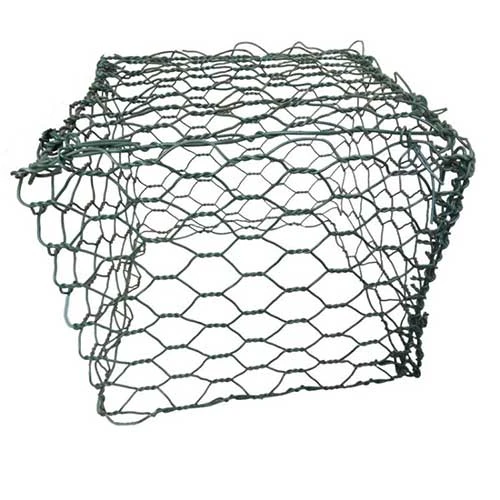-
 Phone:
Phone: -
 Email:
Email:

rebar tie wire
Understanding Rebar Tie Wire Essential Tool for Structural Integrity
Rebar tie wire is a crucial component in the construction industry, particularly in the concrete reinforcement process. As buildings grow taller and construction techniques evolve, the need for sturdy and durable structures becomes increasingly vital. This is where rebar tie wire plays an integral role.
Rebar, short for reinforcing bar, is a steel bar or mesh of steel wires used to reinforce concrete. Its primary purpose is to improve the tensile strength of concrete, which is inherently weak in tension but strong in compression. The use of rebar ensures that concrete structures can withstand various loads, including weight from above, wind, and seismic activity. However, effective reinforcement requires that these rebar elements are securely tied together to maintain structural integrity. This is where rebar tie wire comes into play.
Rebar tie wire is typically made from mild steel and comes in various gauges and lengths. It is designed to be durable yet flexible, allowing it to be easily manipulated during the tying process. The wire is usually sold in rolls, making it convenient for use on construction sites. The primary function of the tie wire is to secure rebar cages – the framework of rebar that provides support within concrete structures. By tying rebar intersecting points together, tie wire helps prevent movement of the rebar during the pouring of concrete, ensuring that it remains in the intended position.
rebar tie wire

There are two main types of tie wire annealed tie wire and galvanized tie wire. Annealed tie wire, which is treated to improve its ductility and reduce brittleness, is the preferred choice for many construction applications due to its ease of handling and flexibility. It can be easily twisted and bent to form secure knots without breaking. Galvanized tie wire, on the other hand, is coated with a layer of zinc to protect it from corrosion. This type is particularly useful in environments that are prone to moisture or chemicals, making it an ideal choice for outdoor projects or structures that will be exposed to harsh conditions.
Using rebar tie wire has several advantages. Firstly, it enhances the overall durability and safety of structures. Properly tied rebar ensures that concrete can effectively distribute loads and resist cracking or failure. Secondly, the use of tie wire streamlines the construction process. Skilled laborers can quickly and efficiently tie thousands of rebar intersections, minimizing delays and ensuring timely project completion. Lastly, proper use of tie wire can help in reducing material costs by maximizing the effective use of rebar, ensuring that every element remains in place during the concrete pour.
While the benefits of rebar tie wire are significant, it is important for construction professionals to be trained in the best practices for tying rebar. Poorly tied rebar can lead to uneven load distribution and ultimately compromise a structure's integrity. Therefore, it is critical to adhere to building codes and guidelines when using rebar and tie wire.
In summary, rebar tie wire is an indispensable tool in the construction industry. Its ability to secure steel reinforcement bars in place allows for the creation of strong, resilient concrete structures. As construction projects continue to increase in size and complexity, the importance of quality materials, including rebar tie wire, cannot be overstated. Investing in the right type of tie wire and ensuring proper techniques are used can make a substantial difference in the longevity and safety of a building, ultimately benefiting both builders and occupants alike. As the construction landscape evolves, understanding and effectively utilizing rebar tie wire will remain a cornerstone of successful structural engineering.
-
Wire Mesh for Every Need: A Practical SolutionNewsJul.25,2025
-
Steel Fences: Durable, Secure, and Stylish OptionsNewsJul.25,2025
-
Roll Top Fencing: A Smart Solution for Safety and SecurityNewsJul.25,2025
-
Cattle Farm Fencing Solutions for Maximum SecurityNewsJul.25,2025
-
Affordable Iron Binding Wire SolutionsNewsJul.25,2025
-
Affordable Galvanized Wire SolutionsNewsJul.25,2025
-
Wire Hanger Recycling IdeasNewsJul.25,2025








